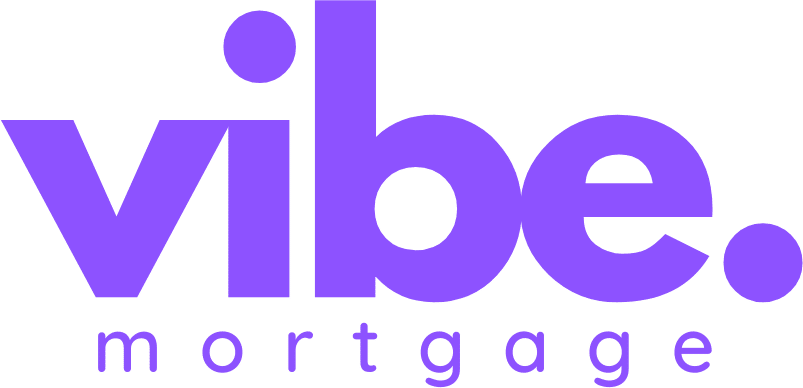How are Canadian Mortgage Rates Set?

Mortgage rates in Canada can seem complicated and mysterious to many potential homeowners, but they are determined by a series of understandable and predictable factors. Let’s breakdown some of the factors to offer more clarity and insight into this important aspect of the home buying process:
The Role of the Bank of Canada
The Bank of Canada plays a significant role in the Canadian financial landscape by setting the key policy rate (the overnight rate) which influences the prime rate offered to borrowers by financial institutions. Variable rate mortgages are linked to this prime rate and can change based on the Bank of Canada’s policy rate adjustments which happen throughout the year.
Economic Indicators
Mortgage rates from lenders are also influenced by economic conditions such as the inflation rates, employment statistics and GDP growth, which causes adjustments in the rates lenders give to borrowers. Higher inflation numbers can lead to higher mortgage rates to help counterbalance the reduced purchasing power of money, while a slowdown in the economy could prompt lower rates to encourage more borrowing and spending.
The Influence of the Bond Market
Government bonds serve as a key reference point for fixed mortgage rates as they compete with mortgages for investment dollars. An up or down trend in the bond yields will often create the same trend for mortgage rates. Lenders are often quicker to raise their rates based on bond yields and slower to lower them as they want to ensure they have their costs covered during market changes.
Lender Considerations
Financial Institutions consider operational costs, profit margins and risks associated with lending when they set their mortgage rates. This is why there are variations in rates between different lenders, influenced by their own operating expenses, market competition and borrower risk profiles.
The Impact of Local Market Conditions
In Saskatchewan, like many other regions, factors like local housing demand and provincial economic conditions can impact mortgage rates. Local financial institutions might change their rates based on a combination of these factors, emphasizing the importance of understanding both national trends and local dynamics to better predict how mortgage rates will fluctuate locally.
A Borrower’s Profile
Interest rates are also determined by individual factors such as credit score, down payment funds and provable income. Potential homeowners should also be considering more than just the rate when considering borrowing for a home. Factors such as the term, flexibility and penalties for early repayment all play significant roles in the total costs in the full term of the mortgage.
Navigating the Mortgage Landscape
To properly navigate the complex mortgage process and better understand rates, terms and requirements, borrowers should seek professional guidance from a knowledgeable mortgage broker. Brokers can provide personalized advice and find the best rates and terms. They can also leverage both their understanding of the mortgage rate factors and existing relationships with lenders to provide the best options to their clients.
Canadian mortgage rates are the result of multiple local, national and global economic factors, bank policies and lender considerations. Understanding these factors allows borrowers to better navigate the mortgage market and make informed decisions on their journey to homeownership. Consider reaching out to a knowledgeable mortgage broker for guidance and advice.

